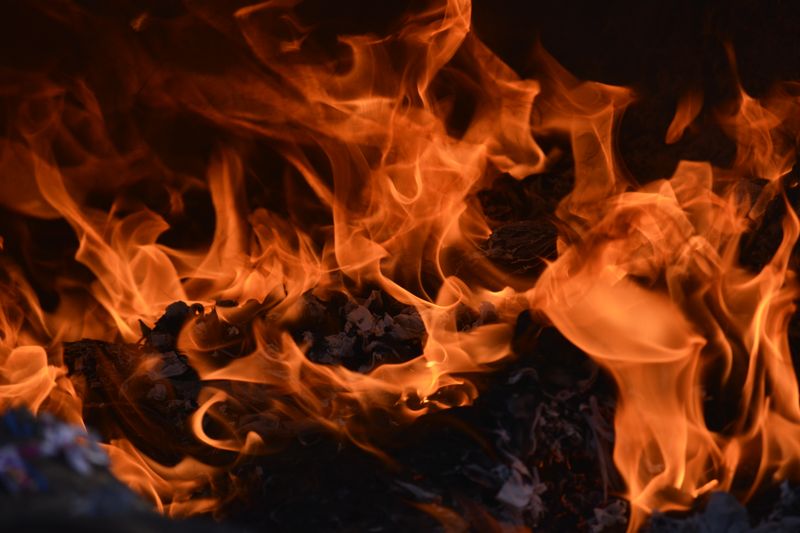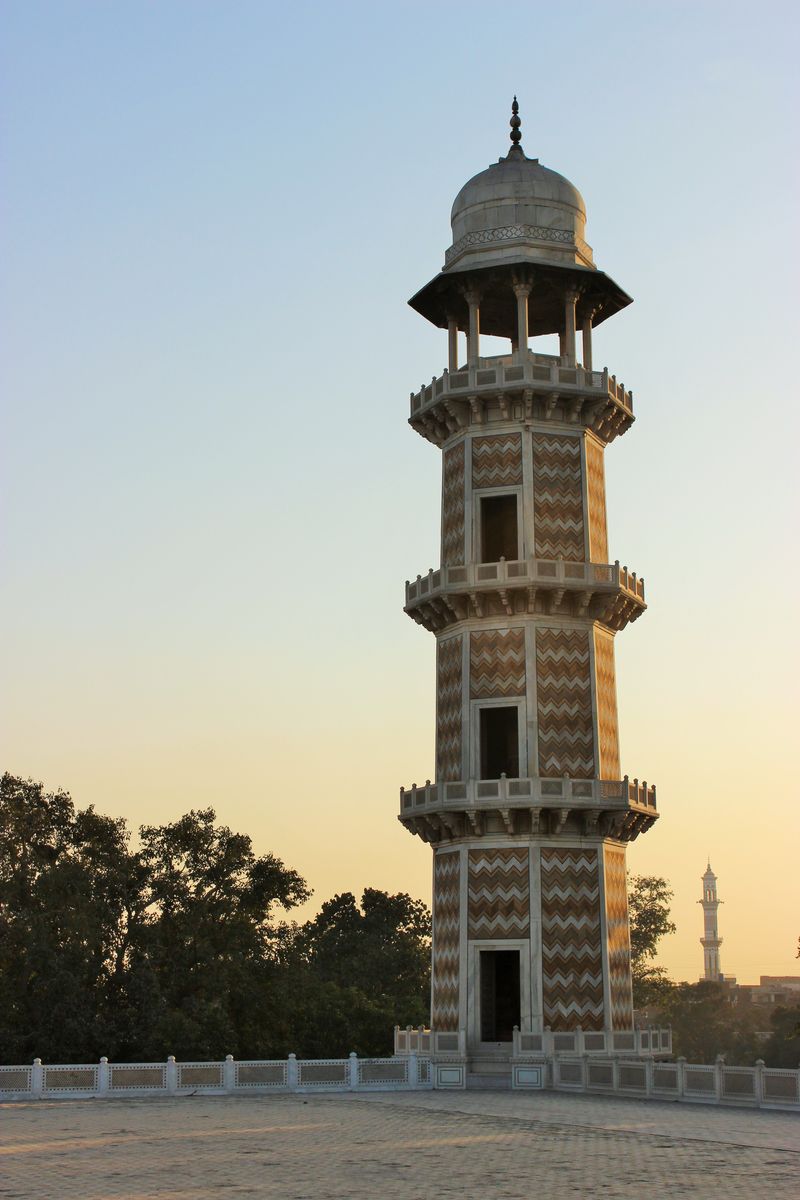Survivors recount harrowing escapes from Maui fires
A terrifying ordeal
Tee Dang and her family found themselves in the midst of a life-threatening situation as they sat in a rental car on Front Street in Lahaina, Maui, watching the flames inch closer and closer towards them. With vehicles around them catching fire, they made the brave decision to grab their essentials and run for the ocean. They were not alone, as others were also fleeing to the water, seeking refuge from the rapidly spreading wildfires.
Cornered with no other options, Dang recounts, “We have to get to the ocean.” The family initially stayed close to the shore, but as evening fell and the tide rose, the water become more treacherous, smashing Dang into the rock wall of the harbor and severely cutting her leg. They were forced to move into deeper water as explosions from the line of cars on Front Street sent debris flying. They remained in the water for nearly four hours, a traumatic experience that left them wondering if they would survive.
The family eventually found rescue in the form of a firefighter, who led them and 15 other survivors through the burning streets. The firefighter’s instructions were simple: “I don’t even know if we’re gonna make it at this point. Just do everything I say. If I say jump, jump. If I tell you to run, run.”
The aftermath
After escaping the immediate danger, Dang and her family, like many others, faced the daunting reality of starting over. They suffered burns and were forced to move multiple times before finding shelter at the Maui Prep School. At the time of reporting, the death toll stood at at least 53, with more fatalities expected, and thousands of people displaced. The historic town of Lahaina, with its 12,000 residents and popularity among tourists, has been particularly hard-hit.
Bryce Baraoidan and his family had to evacuate their home, leaving their possessions behind. In a heart-wrenching revelation, Baraoidan shares that the thing he is most saddened about leaving behind was his five pet chameleons. He expresses deep regret for not bringing them along with his family. Another local resident, Steve Kemper, lost the gallery he managed on Front Street in Lahaina.
The extent of the damage to Lahaina and other affected areas is devastating. Many of the town’s buildings, constructed during its time as a bustling whaling port, are made of wood, which contributed to the rapid spread of the fires. Witnesses reported that the buildings ignited like torches, leaving little in their wake but charred remains.
A state in shock and mourning
The fires in Maui have deeply affected the local community, leaving residents and visitors alike in a state of shock and mourning. The loss of lives, homes, and cherished possessions has left many grappling with profound grief. On top of the immediate challenges, residents have also struggled to connect with friends and family as power outages have severed communications across the island.
As the fires continue to rage and the full extent of the damage is assessed, it is clear that recovery efforts on Maui will be extensive and long-lasting. The support of the international community, as well as local and national authorities, will be crucial in providing aid, resources, and assistance to those affected.
Philosophical reflections: A reminder of nature’s power
The wildfires in Maui serve as a stark reminder of the raw power of nature and our vulnerability in the face of such forces. They highlight the delicate balance between human activity and the environment, underscoring the need for sustainable practices and thoughtful development.
These events also raise important questions about disaster preparedness and response. How can we better equip ourselves to handle such emergencies? What resources and support systems need to be in place to ensure the safety and well-being of communities at risk?
An editorial call for action
This tragic event should serve as a wake-up call for all of us. It is crucial that individuals, communities, and governments take steps to mitigate the risks posed by natural disasters. This includes both preventing and preparing for such emergencies.
Prevention efforts should focus on minimizing the impact of wildfires through responsible land and forest management, as well as effective fire prevention measures. In areas prone to wildfires, building codes should be updated and enforced to ensure the use of fire-resistant materials.
Preparedness measures should include clear evacuation plans, public education campaigns on fire safety, and adequate resources to respond swiftly and effectively in times of crisis. Communication infrastructure must be robust and resilient, able to withstand disruptions and keep communities connected.
Ultimately, these efforts require a collective commitment from individuals, businesses, and governments. It is only through a shared commitment to resilience and proactive measures that we can hope to minimize the impact of such disasters and better protect the lives and livelihoods of those affected.

<< photo by Pamoni Photograph >>
The image is for illustrative purposes only and does not depict the actual situation.




